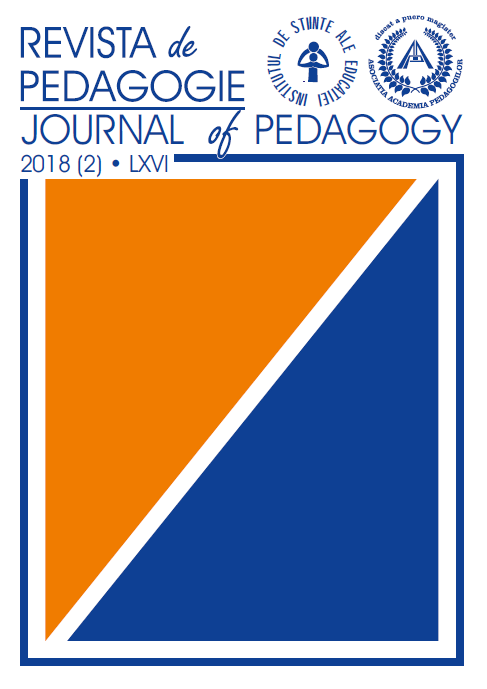DESIGNING EDUCATION SITUATIONS THAT USE DIGITAL RESOURCES AND ONLINE APPLICATIONS
DESIGNING EDUCATION SITUATIONS THAT USE DIGITAL RESOURCES AND ONLINE APPLICATIONS
Author(s): Olimpius IstrateSubject(s): Education, School education
Published by: Centrul Național de Politici și Evaluare în Educație
Keywords: Digital educational resources; instructional design; online applications.
Summary/Abstract: Even if we have educational software, digital resources, online applications, or a virtual learning platform, learning activities planning is not easier or less accurate. Learning and assessment need to be designed even more closely and better tied to learning objectives, to avoid distractors, to fit on the time available, to maximize the potential of digital support to increase the participation of all students, to complement classroom learning with learning activities at home (flipped classroom). In the context of the “conventional” instructional design, centreed on the calibration of the finalities and methods based on content, theme, audience and available resources, the article presents several models of organising learning originally built to support the design of digital educational games (Quinn, 2005), which can be used to understand how we can transform a didactic activity into an attractive education situation, similar to ludic activities, especially when we can integrate new technologies. We present a selection of three models - mini-scenarios, chained scenarios, conditional scenarios - progressively ordered according to their ability to increase engagement and attractiveness of learning activities.
Journal: Revista de Pedagogie
- Issue Year: LXVI/2018
- Issue No: 2
- Page Range: 45 - 55
- Page Count: 11
- Language: English

